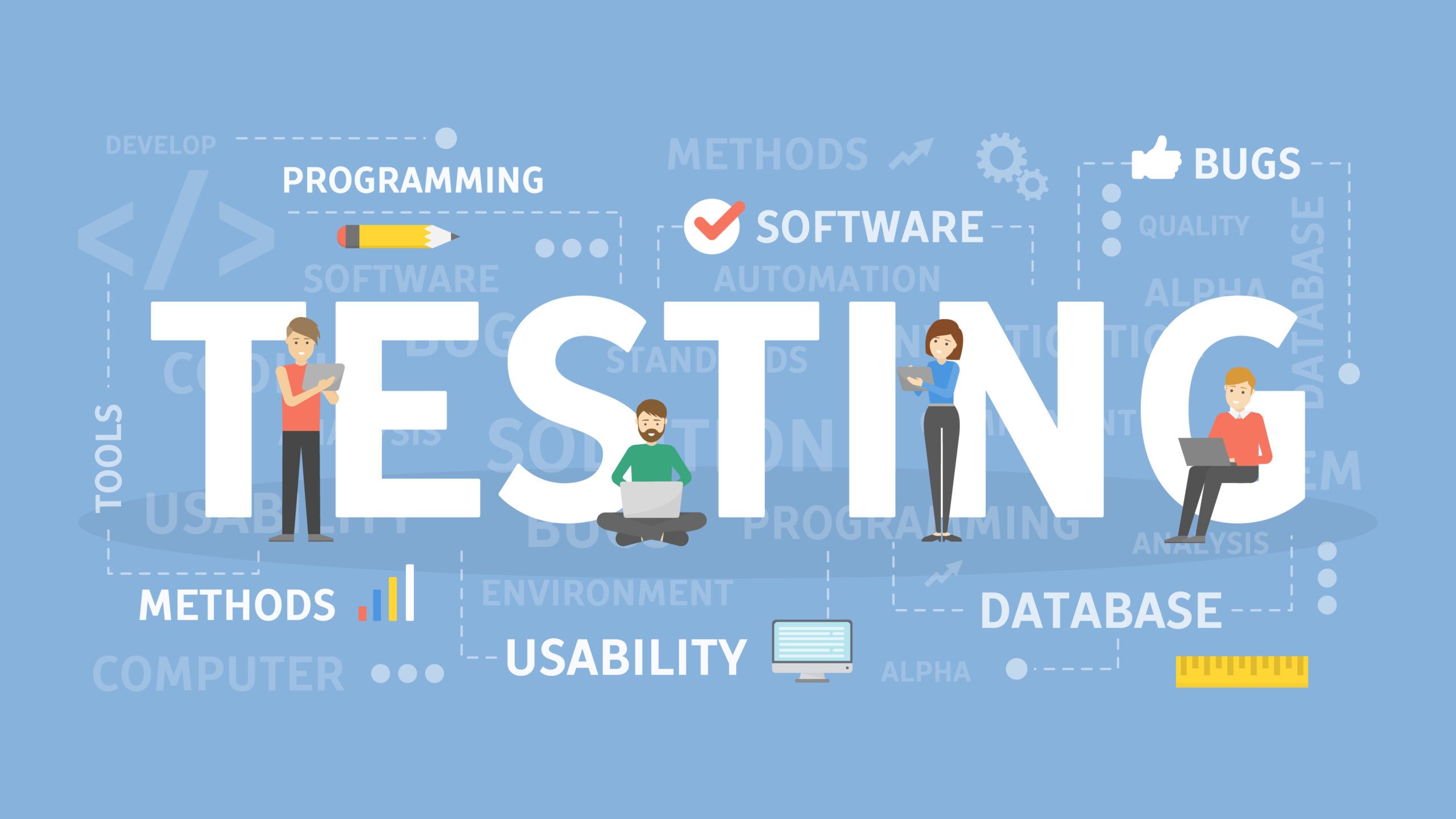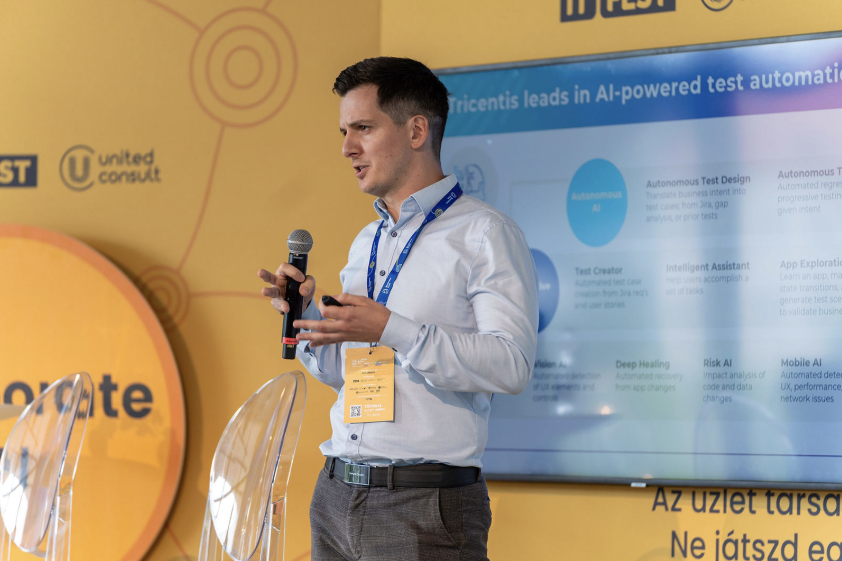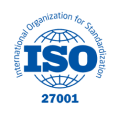

Buzzwords in testing and what's behind them — that's what awaits the profession in the coming months
TCoE, QAOps, SDET, IoT and others — it's time to get used to these abbreviations, as this year is expected to see a significant change in testing as an increasingly important IT segment. Since we always like to be a few steps ahead of the market, we took a look at what trends will determine professional innovations in 2022.
TCoE, QAOps, SDET, IoT and others — it's time to get used to these abbreviations, as this year is expected to see a significant change in testing as an increasingly important IT segment. Since we always like to be a few steps ahead of the market, we took a look at what trends will determine professional innovations in 2022.
The pandemic has brought with it an astonishing scale and intensity of digitalization, and as a result, the presence of the necessary competencies and innovative attitude in the field of testing has also significantly increased in business. Everyone is thinking about how to improve and make their own knowledge and activities within the company more valuable. In this fast-paced digital environment, the testing process and the role of test professionals within the organization are becoming increasingly important. Let's see what international trends shape our work these months!
Testing Centers of Excellence (TCoE)
In the business world, more and more and more people are setting up testing competence centers. These can be the answer to challenges such as shrinking budgets and different testing models. Other factors, such as underperforming tests, lack of resources, problems due to geographical distance, further increase the need to establish a TCoE. The operation of such centers allows for unified, centralized quality assurance, harmonization of processes, the establishment of detailed metrics extended to the entire project and consistent delivery, which play an important role in increasing customer satisfaction.
Shift-Left in the testing area
The so-called “Shift-Left” testing movement focuses on the early stages of software development. This is because with early and frequent testing, a project can reduce the number of errors and improve the quality of coding. The goal is to no longer find critical bugs that require code correction during the installation phase.
QAOPs - TestOps
QAOps is an increasingly popular framework that combines the principles of DevOps — where software development and IT operations teams collaborate and combine processes — with quality assurance. This framework was created to improve software delivery processes and workflows without sacrificing the quality of an application or platform.
Software Development Engineers in Test (SDET)
The system is essentially a combination of functional and automation testing. SDETs are testers who support organizations with coding capabilities. They also help identify errors earlier and improve “white box” testing, which is not always done by QA teams. SDETs also improve quality while enabling cost savings through automated solutions.
Non-Functional Testing
It is a common international experience that there is a growing demand for the analysis of non-functional requirements, which have been largely ignored by most companies for a long time. Security, accessibility, usability and performance are all areas that companies are paying increasing attention to.
IoT Testing
The Internet of Things (IoT) is a combination of networks, devices, people, processes and technologies that continuously collect and share data over the Internet. Given the increasing number of embedded IoT devices and software, we need to ensure their security, data integrity, performance, and other aspects specific to IoT applications.
Blockchain testing
Blockchain is an innovative technology that is increasingly becoming the basis for many applications worldwide. Blockchain technology not only serves to support the world of cryptocurrencies, but can also support a variety of applications that require decentralized infrastructure, integrity, and security.
Low-code, no code test automation
Scriptless test automation tools facilitate testing, simplify the process by providing an easy way to create automated tests as well as integrate tools to help with software testing activities. When using unscripted test automation, there is less need to worry about coding.
AI-testen
The primary goal of AI in quality assurance is to guarantee that teams optimize their schedules, prioritize their tasks, use their resources efficiently, and make the most of their potential.
Sources and more details:
- https://blog.testproject.io/2022/01/06/2022-software-testing-trends/
- https://www.virtusa.com/perspectives/article/2022-software-testing-trends
- https://medium.com/@QAPlaneto/meeting-the-future-software-testing-trends-for-2022-391216e47fd6
- https://www.softwaretestingmaterial.com/software-testing-trends/
- https://www.intellectsoft.net/blog/software-development-trends/
- https://www.testgrid.io/blog/scriptless-test-automation/
- https://fortegrp.com/what-is-qaops/
- https://www.testim.io/blog/shift-left-testing-guide/
Author:
János Szenfner
















